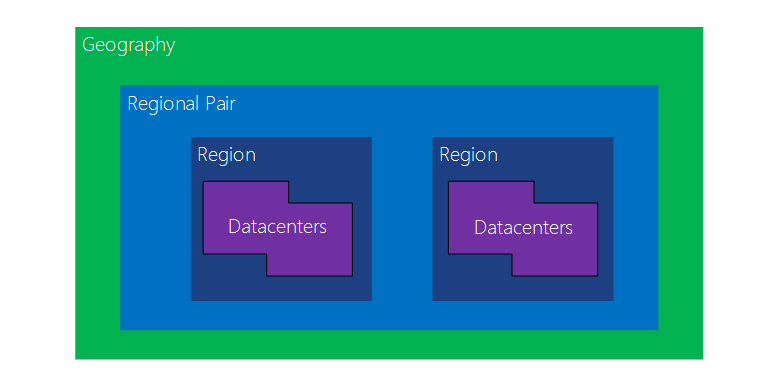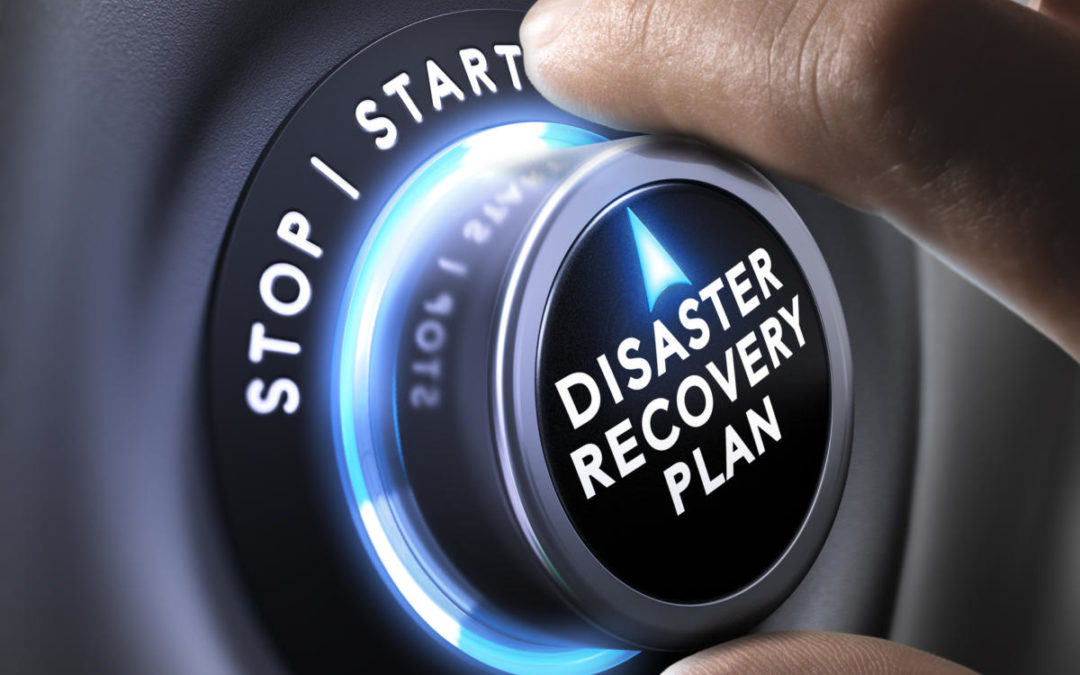Cloud innovation is what we at Pirolabs use to describe technologies and services which can be built in the cloud and subsequently supported by the cloud.
In the age of unprecedented climate catastrophes, unpredictable social and political unrest – statics show that over 80% of business who were impacted by such risks do not recover after 3 years. Narrowing the scope, over 40% of business that experience technology failures go bust in 1 year.
The Hughes Marketing Group reports that 90% of SMB spend less than 8 hours planning or managing their business continuity plans. Aggregating the stats so we can tell a story, we can deduce that companies which are classed as small (SMBs) will be impacted the most in the event of a catastrophe.
Traditionally most small business owners assume that business continuity solutions are usually costly and limited to large organisations who command bigger budgets. However today I aim to present a case to hopefully convince the reader that while this assumption likely was true in the past, with the advent of cloud computing the assumption is now false. Leveraging cloud computing solutions small businesses can also ensure that in the event of a catastrophe, business can continue with minimal disruption.
RTO (restore time objective) and RPO (restore point objective) are very important acronyms used to describe the time it takes to recover and up to what point can I recover and continue my business from.
In most cases the cloud offers a multitude of solutions to help business implement a good technical BCP (business continuity plan) . To support businesses most cloud providers, use paired region to help simplify the BCP planning process. The simplicity comes from the fact that data written into one region is automatically replicated to the paired region, so in the event that a catastrophe occurs in one region the business is able to failover to the non-impacted region and continue with minimal data loss. The time it takes to switch over is call the RTO.

In a well defined BCP plan the region which we failed over to is called the secondary region while the region we have failed over from is called the primary region. In addition, the secondary region is also known as disaster recovery (DR) site, (most business have more than 1 DR site)
As a Microsoft Partner, Pirolabs incorporates Azure regional paring in all our solutions.
An extension to a BCP plan is adding High availability (HA). With a HA solution a business is not only planning for catastrophes but also for failures which can occur due to data corruption and technical failures such as unexpected downtime. A HA system usually involves a replica of the dataset or even compute running in the same region as the primary. Most cloud providers guarantee that copies of the redundant HA system will be placed in physically different parts of the data centre (if configured into a BCP solution, which Pirolabs will always do)
In summary, implementing BCP solutions is not limited to large organisations, small and medium sized organisations can leverage the low cost solutions provided by the cloud to also ensure that in the event of a catastrophe or systems failure they can still remain profitable.
References
- Microsoft Azure: https://docs.microsoft.com/en-us/azure/best-practices-availability-paired-regions
- itispivotal: https://www.itispivotal.com/post/10-backup-and-disaster-recovery-statistics-you-must-know
- Pirolabs, Cloud innovation: https://pirolabs.com/index.php/31-2/pirolabs-cloud-innovation-collaboration-iac-devops/


Recent Comments